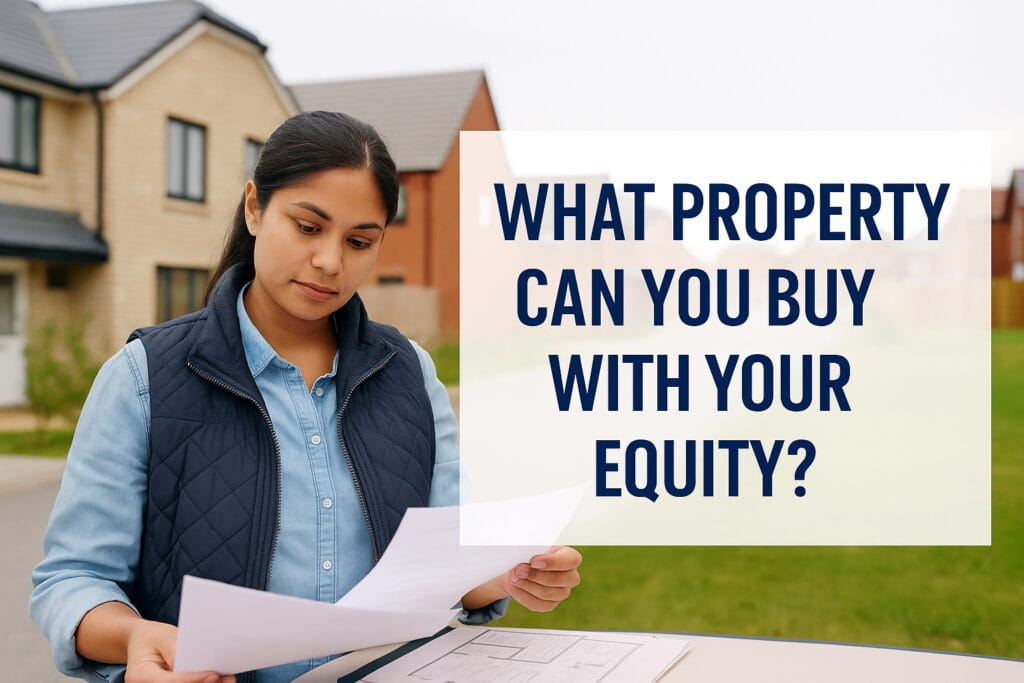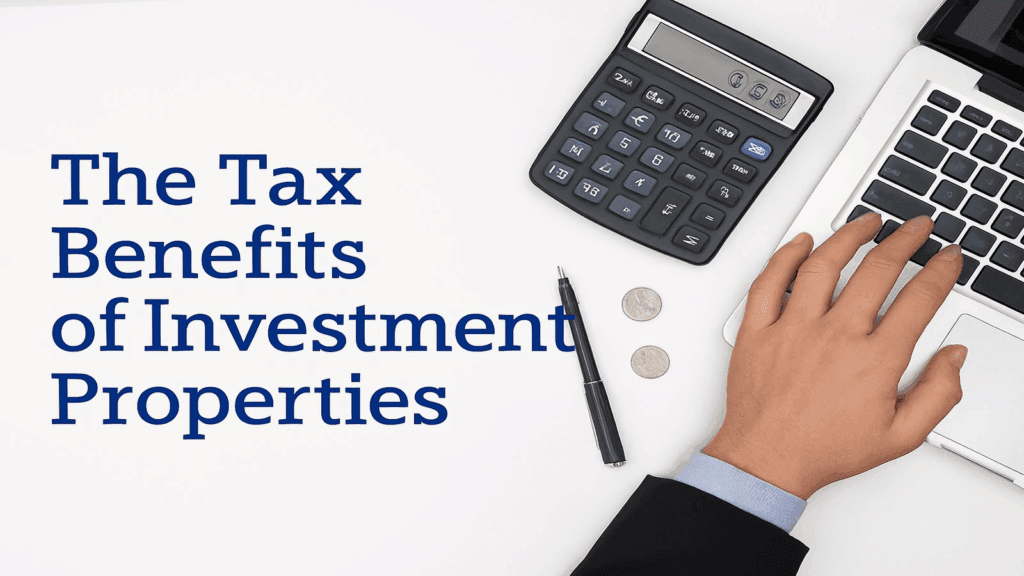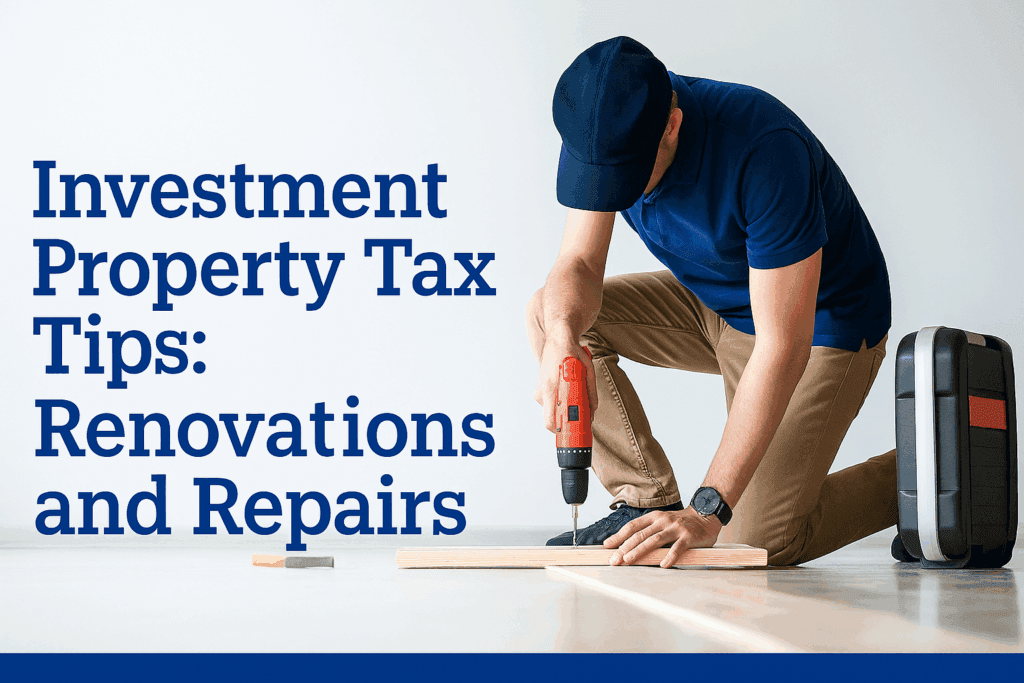How past capital growth can determine your future success
How to Use Past Capital Growth to Plan Your Investment Future One of the most useful indicators for property investors is past capital growth. Why? Because understanding how much your property has already grown in value can help you plan what to do next — whether that means accessing usable equity or forecasting what’s realistically possible in the future. Step 1: Look Back at What Growth You’ve Had Start by entering your property’s original purchase price and current estimated value into our Capital Growth Calculator. This shows you how much capital growth you’ve achieved over time, and what percentage that growth represents per year. Example: If you bought a property for $600,000 and it’s now worth $750,000, you’ve gained $150,000 — or 25% — in equity growth. That can be a powerful stepping stone. Step 2: Understand Your Usable Equity Just because a property has gone up in value doesn’t mean the bank will let you use all of it. To find out how much equity you could actually borrow against, use our Equity Calculator. This tool takes into account your current loan and lending limits (like 80% or 90% LVR). This helps you identify whether you can refinance, draw equity for another investment, or consolidate your loans to improve cash flow. Step 3: Plan Ahead Using the Rule of 4 Once you know how much usable equity you have, the next question is: what value property can you afford to buy? That’s where our simple Rule of 4 comes in — multiply your usable equity by 4 to get a rough guide to your maximum purchase price. Example: $150,000 usable equity x 4 = $600,000 property value. This rule of thumb helps you stay within safe lending limits while planning your next purchase. To read more, check out our blog: What Property Can You Buy With Your Equity? Start with the Right Numbers Using capital growth and equity correctly can make or break your investment strategy. These free tools from The Successful Investor will give you a clear, realistic picture of where you stand — and what to do next: Capital Growth Calculator Equity Calculator Need help interpreting your numbers? Book a free chat and we’ll help you make a clear investment plan.










